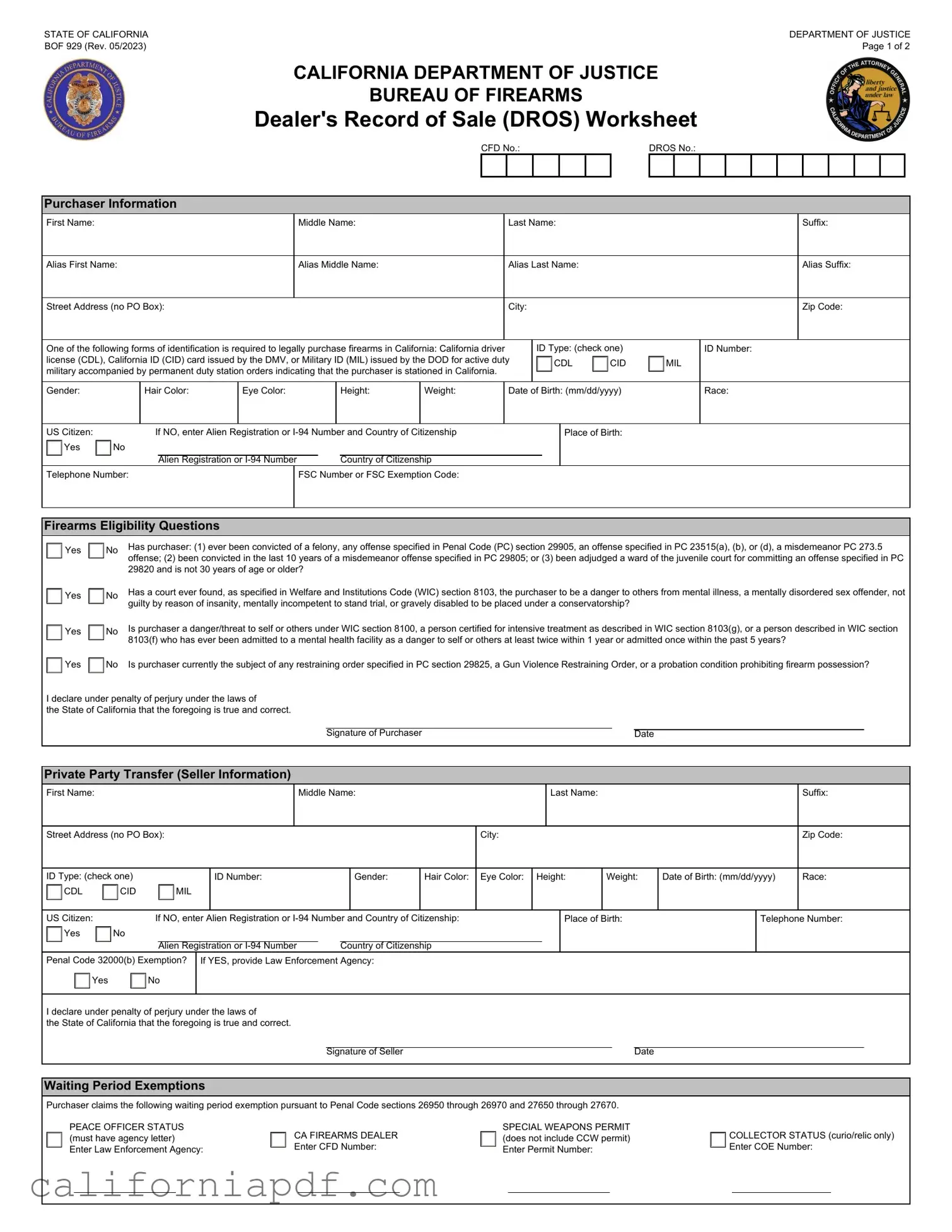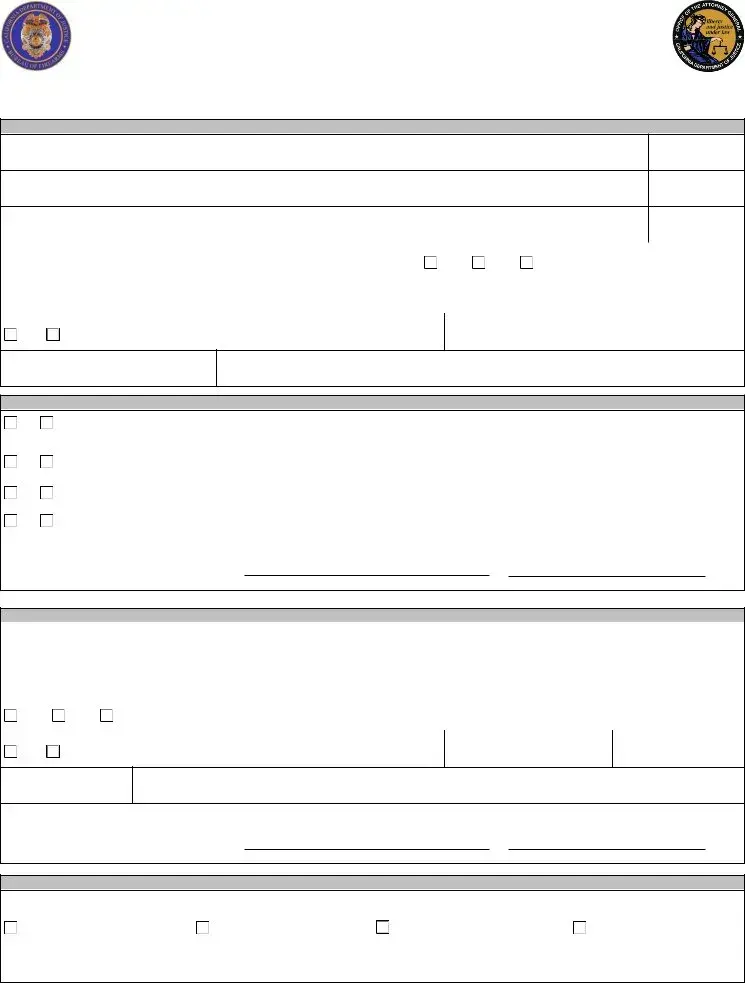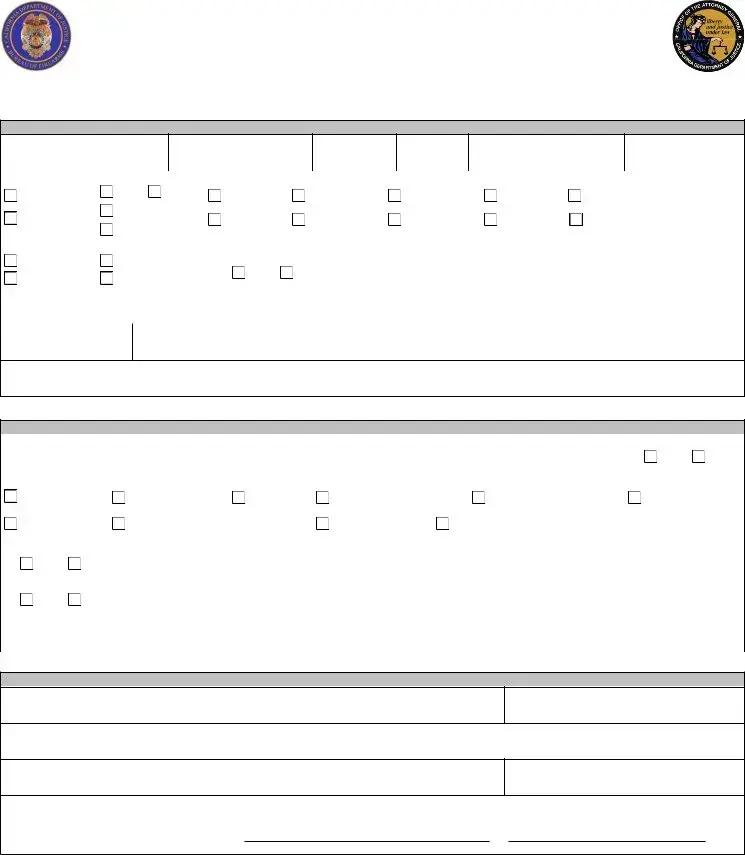The Dealer's Record of Sale (DROS) form is a document used in California that must be completed for every sale, loan, or transfer of a firearm through a licensed firearms dealer. It collects information about the transaction, the firearm, and the individuals involved (buyer/seller), and it is submitted to the California Department of Justice (DOJ) to initiate a background check on the purchaser.
Any licensed firearms dealer in California involved in the sale, transfer, or loan of a firearm must complete the DROS form. This also applies to private parties transferring a firearm, as they must do so through a licensed dealer, who will then complete the form.
The DROS form collects various pieces of information, including, but not limited to:
-
Transaction details such as type, date, and time
-
Firearm details including type, make, model, and serial number
-
Buyer's information such as name, address, identification, and eligibility questions
-
Seller's information in private party transactions
-
Dealer information
Is a background check required for all firearm transactions in California?
Yes, nearly all firearm transactions in California require a background check. The DROS form serves as the basis for initiating this background check process.
How long does it take to complete the background check?
The background check process in California generally takes 10 days to complete. During this period, the firearm must remain with the dealer until the DOJ authorizes the transfer.
Are there any exemptions to the waiting period?
Yes, there are specific exemptions to the mandatory 10-day waiting period for certain individuals. These exemptions include active peace officers, certain special weapons permit holders, and collectors of curios/relics, among others. These individuals must provide appropriate documentation to qualify for the exemption.
What happens if someone fails the background check?
If an individual fails the background check, the firearm purchase or transfer is denied, and the transaction cannot proceed. The individual will be notified of the denial and the reasons for it.
Falsifying information on the DROS form is a crime in California, punishable by up to 18 months in state prison.
Yes, individuals may request a copy of their DROS form from the California DOJ or the dealer who processed the transaction. A valid form of identification and proof of involvement in the transaction may be required.
Is there a fee associated with the DROS process?
Yes, there is a fee for processing the DROS form and the associated background check. This fee is set by the California Department of Justice and is subject to change. The exact fee should be verified with the licensed firearms dealer facilitating the transaction.


 Yes
Yes  No
No
 Yes
Yes  No
No